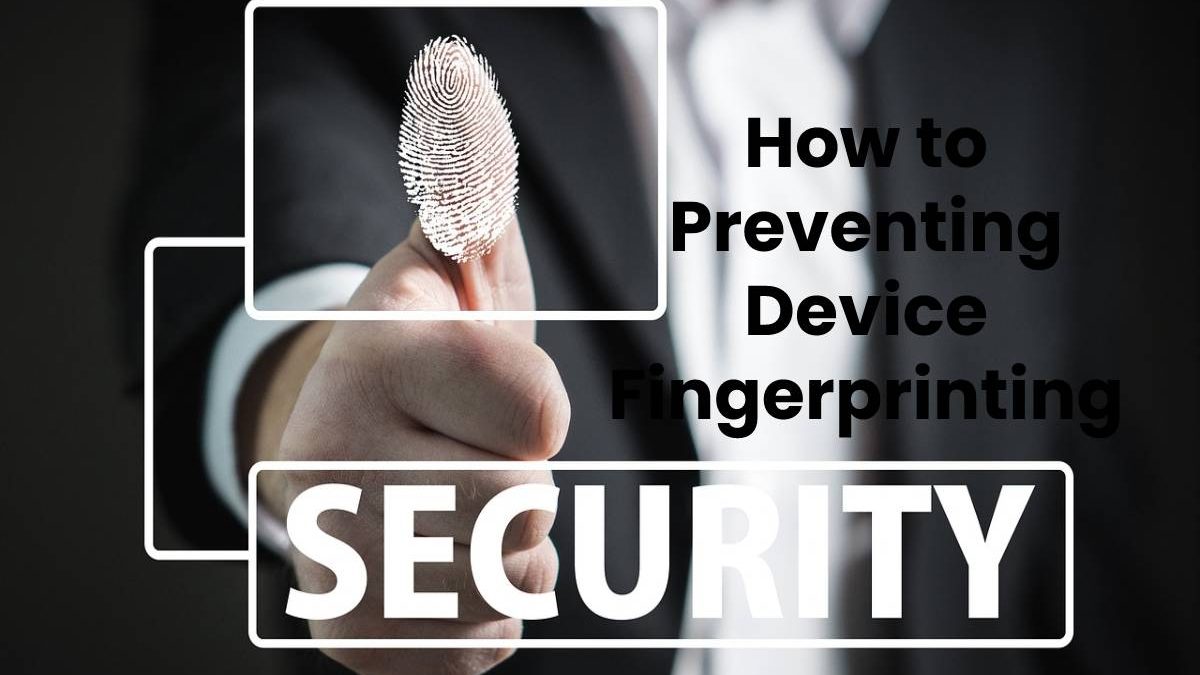Preventing Device Fingerprinting
Device fingerprinting has become something extraordinarily difficult to stop. That being said, it’s one of the most important things that you should look to curb to protect your privacy while surfing the web and doing things online. If you take the requisite measures needed, you should be able to curb device fingerprinting enough to give yourself much-needed and much-deserved privacy.
Here are some of the best steps you can take when you are looking to stop device fingerprinting.
Table of Contents
1. Using a Popular Browser
One of the things you should be doing is using a popular and widely used browser. While it may not seem logical, using a popular browser is going to help. The main reason has to do with the browser being used by more users. If you are using a browser that is being used by billions, you’ll be much harder to trace than one of the thousands.
You want to use a browser that is used by everyone else. This can help you avoid being fingerprinted because tracking you will essentially be like tracking a needle in a haystack. While you can’t do much to curb browser fingerprinting entirely, there are ways to slow it down and to make it less likely.
You’ll want to ensure that the browser that you are using is properly updated. Always update your browser whenever a new update is issued. Ideally, you want to keep your browser on automatic updates. Each update usually comes with critical security patches that you will want to install. For instance, the newest update for Firefox by Mozilla offers built-in anti-fingerprinting features. It does so by blocking any third-party requests that come in from companies that are known to try to use this anti-privacy tactic.
2. Disable Both Flash and Javascript
You’ll want to be certain that you are disabling both flash and javascript. By disabling both of these, you’ll be able to stop a lot of the fingerprinting in its tracks. The biggest issue with this is that some websites are still using them. Because of this, if you disable Flash and Java, you could end up breaking critical elements of sites you regularly visit.
However, it’s also important to understand that there will be certain elements you’ll need to forfeit if you want to get the most out of your privacy efforts. One of those is having a seamless browsing experience. Likewise, you need to forfeit some convenience if you want to prevent tracking.
3. Using Private Mode
One of the main things you want to be doing always is using private browsing mode. By browsing in Incognito or private mode, you’ll be able to protect yourself from being tracked and privacy and reputation issues. While it doesn’t inherently stop fingerprinting, it does reduce the total amount of data they can access from it.
4. Using a VPN
By setting up and using a VPN, you’ll be able to do wonders to prevent device fingerprinting. A VPN creates a private tunnel that all traffic is run through. A VPN works by creating a virtual IP address and it hides a user’s activity by tunneling the traffic through it. Because of this, no device fingerprint will be able to get information about where the real IP is coming from.
Ideally, you want to stick to using a widely available VPN service and one that is readily used by a lot of people. After all, if you are one of many users, it’s going to be increasingly difficult to track you. It will be more effective to disguise your real information if many servers and many users are accessing them at a time.
5. Updating Your Settings
Always try to update your settings whenever possible to prevent device fingerprinting. You’ll find a lot of settings on browsers that will restrict the information that someone can get from your browsing history and your device. You can restrict a lot of things directly within the settings in your browser.
6. Change Your Device ID
If you have a phone with the Android operating system installed, you can change your device ID. This can reset your device and anything tracking you will be wiped. This is certainly not something that a novice will want to attempt, but it can be a good way to keep yourself from being tracked online and on your devices.

